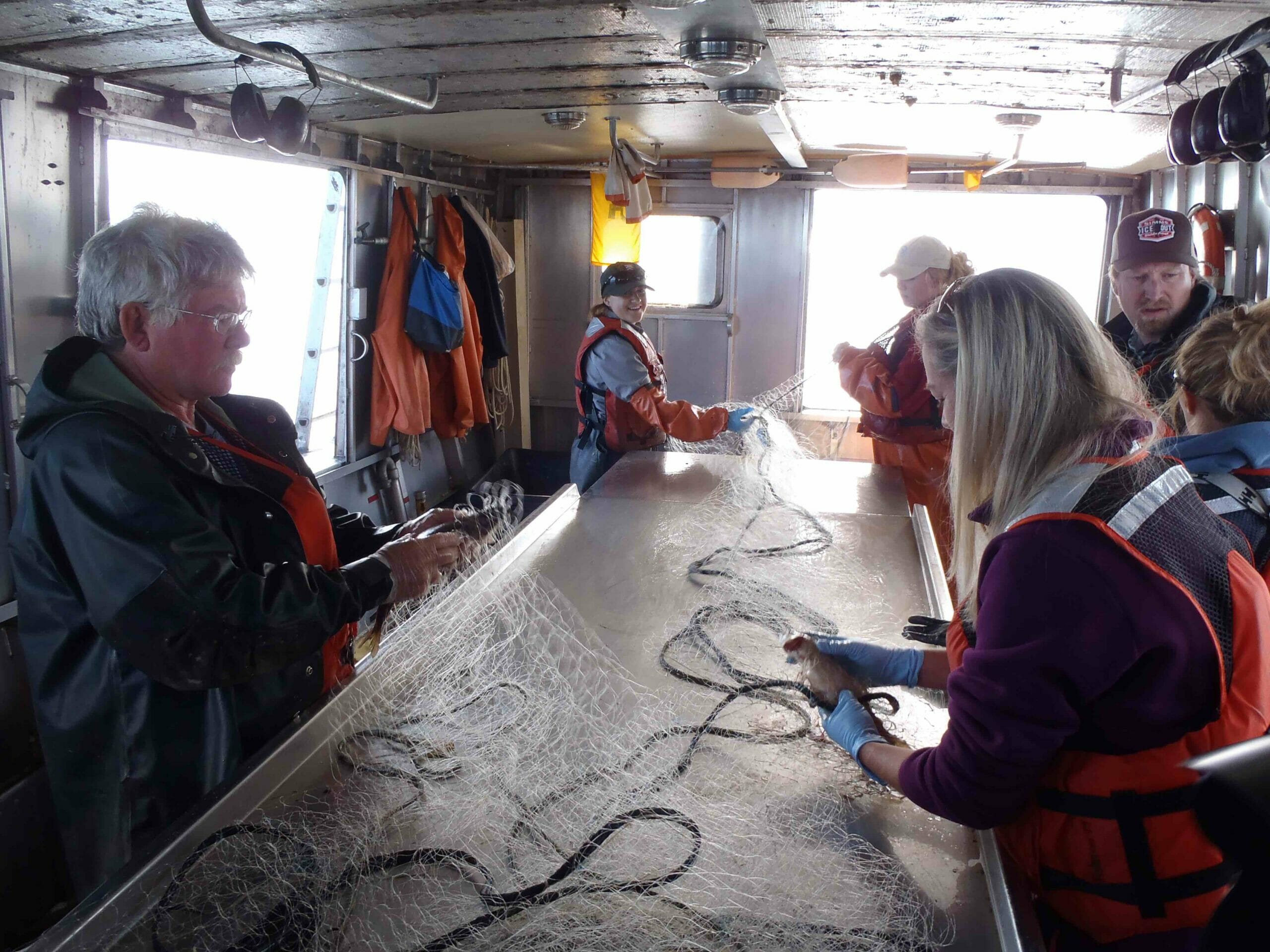Beginning this season, fees for fishing and boating permits in Yellowstone National Park will increase. Anglers can now purchase fishing permits online via Recreation.gov. Permits for the upcoming season can also be acquired in-park stores and surrounding communities beginning this spring.
The fee increases are substantial. Fishing permit fees will rise from $18 to $40 for a three-day permit; from $25 to $50 for a seven-day permit; and from $40 to $75. This is the first fishing license fee increase in Yellowstone since 2012.
According to the National Park Service, the new fees were determined by taking the average of resident and non-resident fishing permit fees from Wyoming, Montana and Idaho. There’s also a fee for the online service.
Boaters will now pay $20 for a five-day permit in the park for non-motorized watercraft, up from $5. Non-motorized boat permits for the season are now $30, up from $S10. Motorized boat permits for seven days are now $30, and season permits for motorized boats are now $40, up from $10 and $20 respectively. Boaters can obtain a permit and aquatic invasive species (AIS) inspections (now $10) only in-person at various locations in the park. Permits are not available online.
“The accomplishments of Yellowstone National Park and its partners to recover the park’s namesake native trout are a cause for celebration. The common-sense fee increases proposed by the park, and its commitment to use the additional revenues to support Yellowstone trout restoration, should be celebrated by anglers across the nation.”
Chris Wood, Trout Unlimited
The new fees are comparable to those of state and other national park permits, and mark the first time the park has increased its boating fees since 1993. The number of boats on Yellowstone Lake increased nearly 10 percent in 2020.
The resulting increase in revenue from the fee increases will guarantee funding and provide a sustained revenue source that will contribute to continued efforts to reduce nonnative lake trout and increase the park’s aquatic invasive species (AIS) inspection capacity.
“Too often, we talk about conservation in the context of loss—loss of wildlife, loss of native fish, loss of water quality, and so on,” said TU President and CEO Chris Wood. “The accomplishments of Yellowstone National Park and its partners to recover the park’s namesake native trout are a cause for celebration. The common-sense fee increases proposed by the park, and its commitment to use the additional revenues to support Yellowstone trout restoration, should be celebrated by anglers across the nation. We salute the park, and look forward to working with it on its restoration and recovery goals.”
Last year, the park identified major financial shortfalls in its ability to prevent and reduce AIS affecting fisheries across the park, especially in Yellowstone Lake. Efforts to protect and recover native fish and restore the Yellowstone Lake ecosystem costs the park nearly $3 million annually. Scientists estimate another five years of sustained effort is needed at that investment level to achieve the park’s goals of native Yellowstone cutthroat trout restoration and AIS prevention, early detection and eradication.
“We continue to make substantial progress in our native fish restoration efforts in Yellowstone Lake and many other areas of the park,” said Superintendent Cam Sholly. “Efforts to restore native fish in Yellowstone Lake remain one of our highest conservation priorities. Our continued success will be largely dependent on a permanent and reliable revenue stream that will not only help us continue our native fish restoration efforts, but also increase our capacity to detect and prevent new nonnative species from entering Yellowstone’s waters.
“We very much appreciate the many partners and supporters, like Trout Unlimited and Yellowstone Forever, who have helped us make substantial progress in this critical area over past years,” he said.



